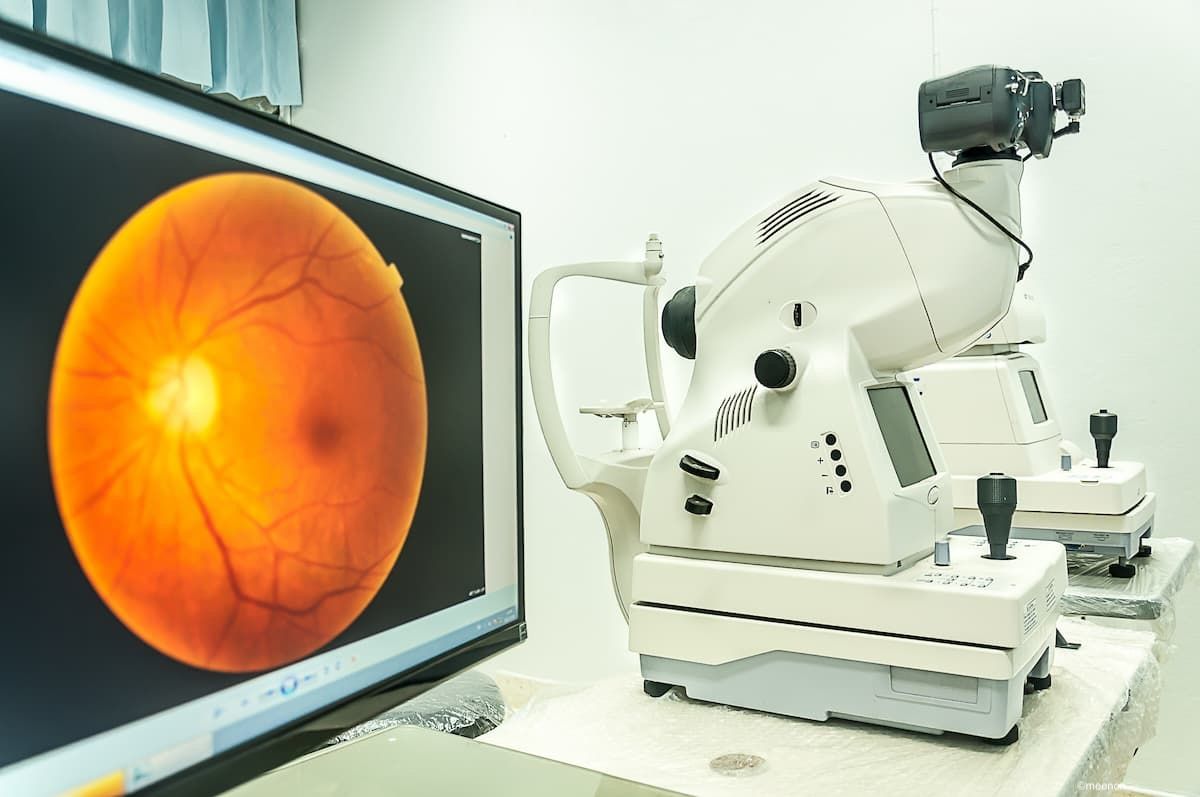Article
Multicenter trial to test retinal microchip
After receiving approval from its scientific advisory board, Retina Implant AG will begin the multicenter phase of the company’s second clinical trial in humans, the company announced.
Reutlingen, Germany-After receiving approval from its scientific advisory board, Retina Implant AG will begin the multicenter phase of the company’s second clinical trial in humans, the company announced.
The trial, which will test a fully functioning electronic retinal prosthesis to restore vision to patients, began in Tuebingen, Germany, in 2010, and now will be expanded across Europe in five new sites. Unlike the first human clinical trial, patients will be able to keep the implant permanently and use the microchip in real-life settings.
“Our team looks forward to continuing the momentum we’ve achieved in the trial thus far and to submitting for commercial approval when this next phase of research is completed,” said Walter-G. Wrobel, PhD, chief executive officer of Retina Implant AG.
The board’s endorsement is based on data from the first nine patients in whom the company’s new wireless device was implanted between May 19, 2010 and July 28, 2011, during the company’s second human clinical trial. The results indicated the best visual acuity to date, with the majority of patients experiencing restoration of useful vision in daily life, according to the company. Most patients are experiencing visual perception indoors and outdoors in both dim and bright environments, and patients are reporting the ability to see objects 30 feet away and to read numbers on a pair of dice, according to the company.
The board also said that a factor in its decision to continue the trial is that the subretinal surgical technique used to implant the device continues to be safe and effective. Adverse events have been minimal and correctable, with patients going on to achieve positive functional outcomes, according to the company.
Retina Implant’s subretinal implant technology has been in clinical trials for more than 6 years. Results from the company’s first human clinical trial, published in Proceedings of the Royal Society B in November 2010, showed that placement of the implant below the retina, in the macular region, provided optimum visual results, allowing patients to recognize foreign objects and to read letters to form words.
For more articles in this issue of Ophthalmology Times eReport, click here.





